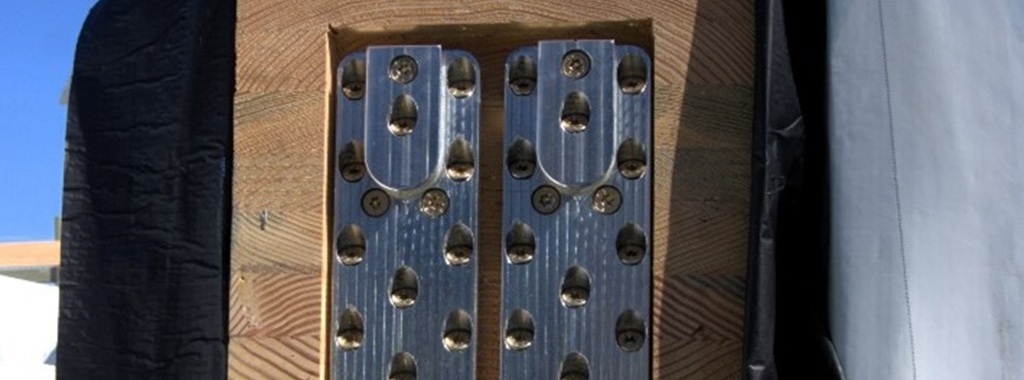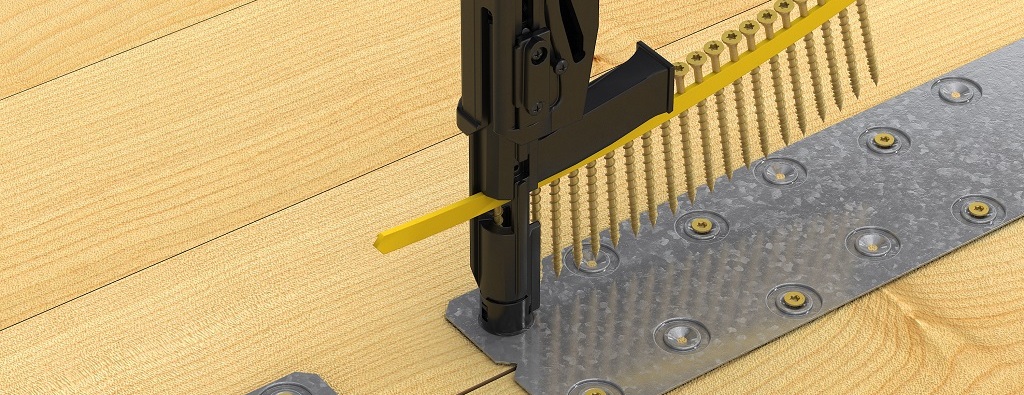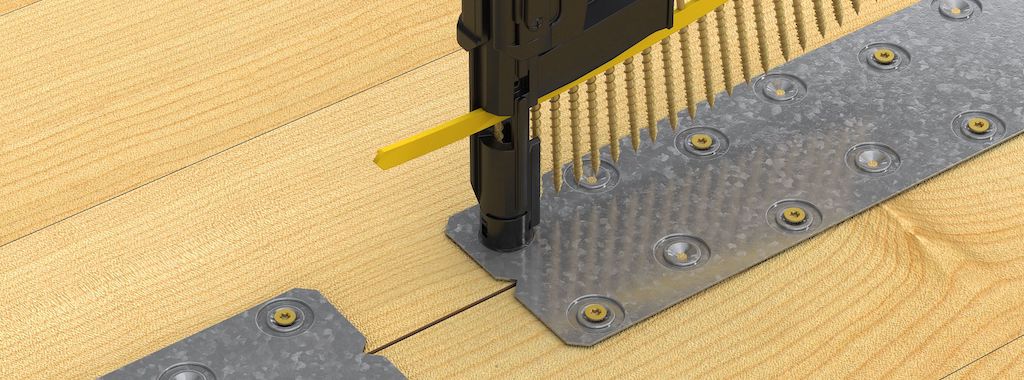Earlier this year, we hosted our first Virtual Training Summit, featuring 16 industry-related webinars covering a range of topics. Customers could register for up to four events and earn professional credits for each session. One session, “Designing Mass Timber Connections,” focused on mass timber and was led by Simpson Strong-Tie Senior Field Engineer Brian DeMeza and Senior Branch Engineer Kelly Sias. In the following post, they respond to some of the questions that they fielded regarding mass timber applications, advantages, and more following their presentation.
Tag: LDSS
Mass Timber Diaphragm Options with Four Different Connection Types — How Our LDSS48 Light Diaphragm Spline Strap Evolved
Floors and roofs on mass timber buildings are constructed from large panels of engineered wood, such as cross-laminated timber (CLT) or mass plywood. Designers join these prefabricated panels together on site to create a structural horizontal diaphragm to transfer wind and seismic loads to the vertical elements of the lateral force resisting system. Shear forces between panels must be transferred through these panel-to-panel connections. Conventional wood structural panel sheathed diaphragms have shear capacities and fastener spacing tabulated in Special Design Provisions for Wind and Seismic (AWC SDPWS). Mass timber diaphragms, on the other hand, require some more design work by the designer.
How to Connect Mass Timber Panels with Steel Instead of Plywood
Simpson Strong-Tie has developed a faster, easier and more economical way to connect CLT and other types of panels on mass timber projects. Introducing the LDSS light diaphragm spline solution, featuring a steel spline strap that replaces traditional plywood splines.





